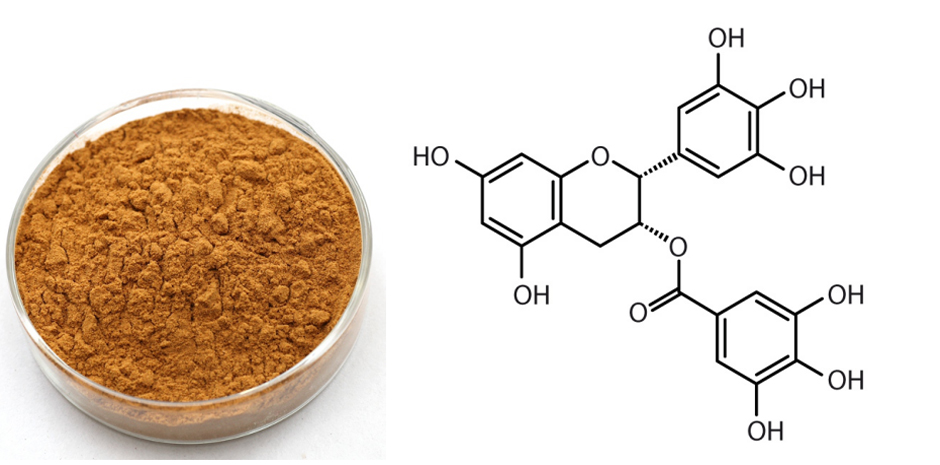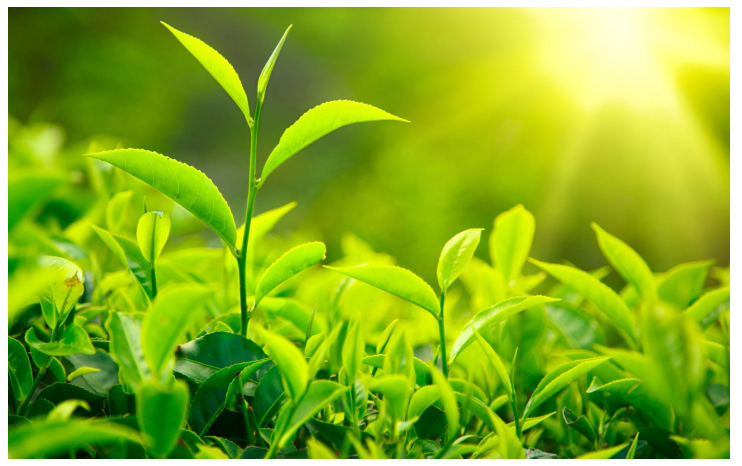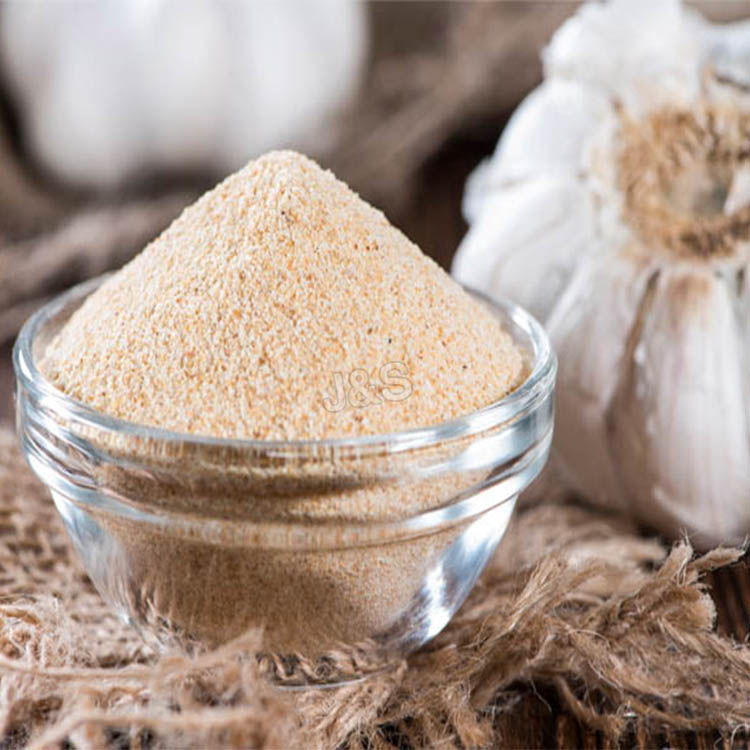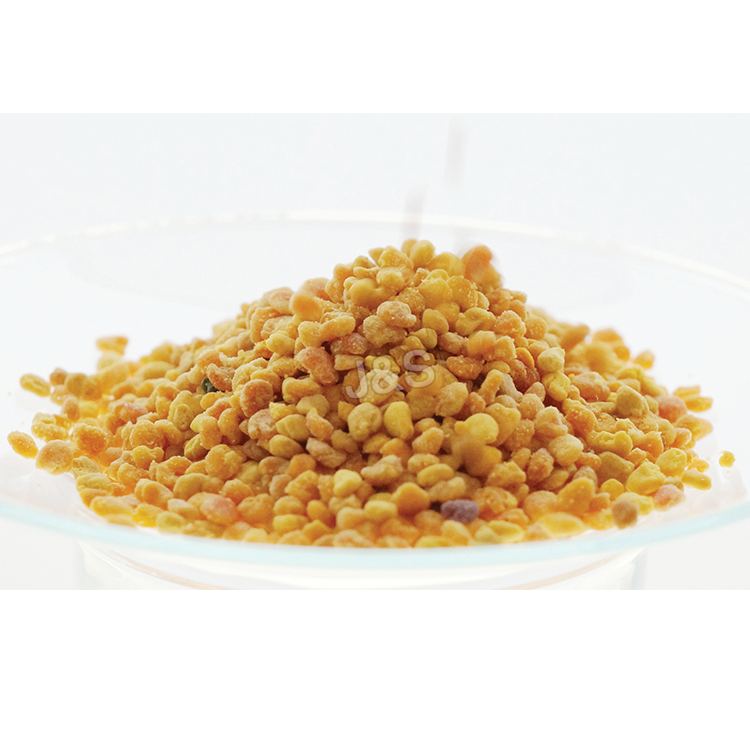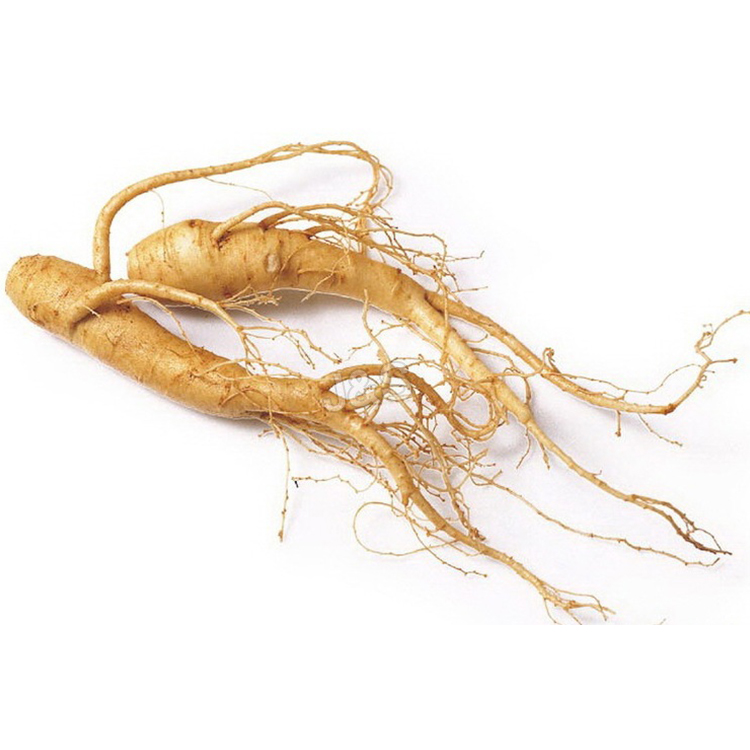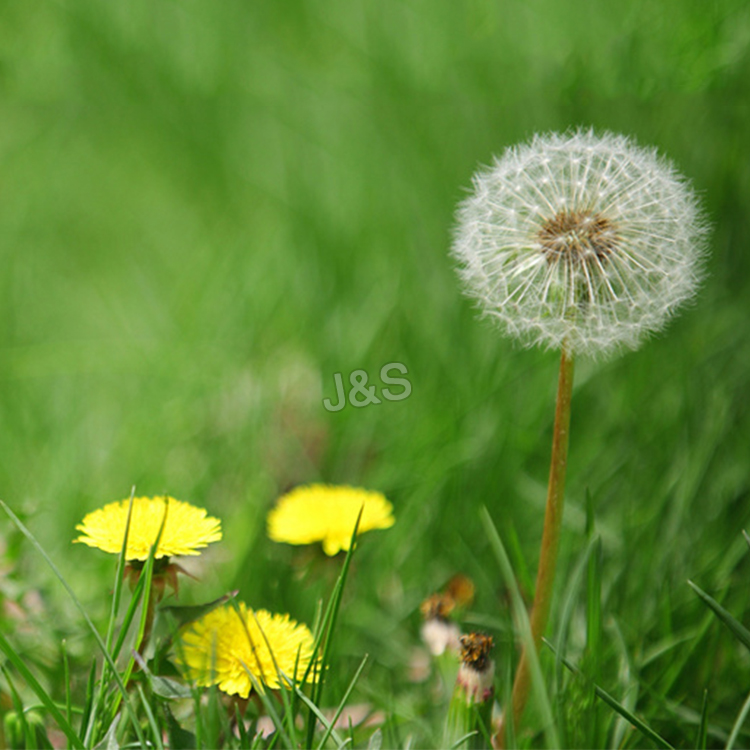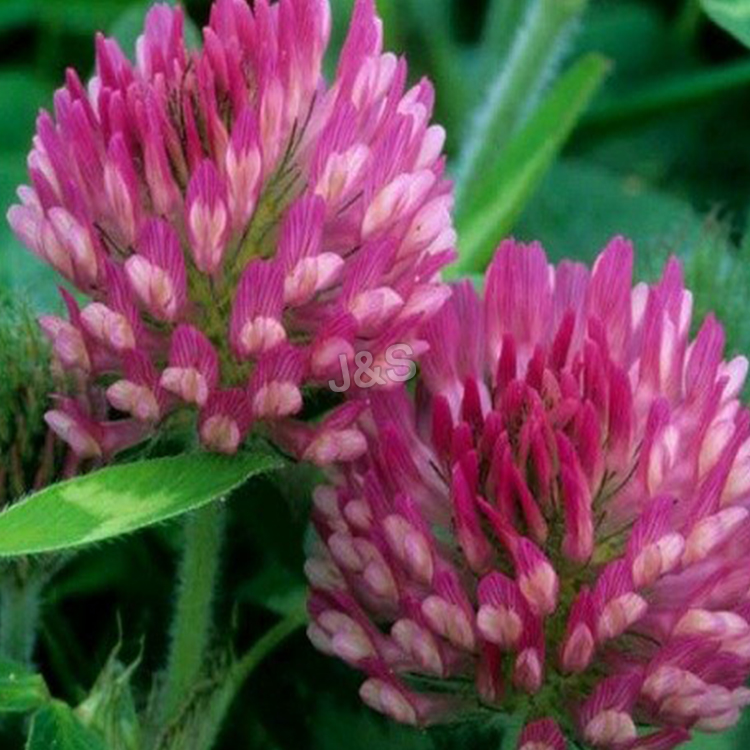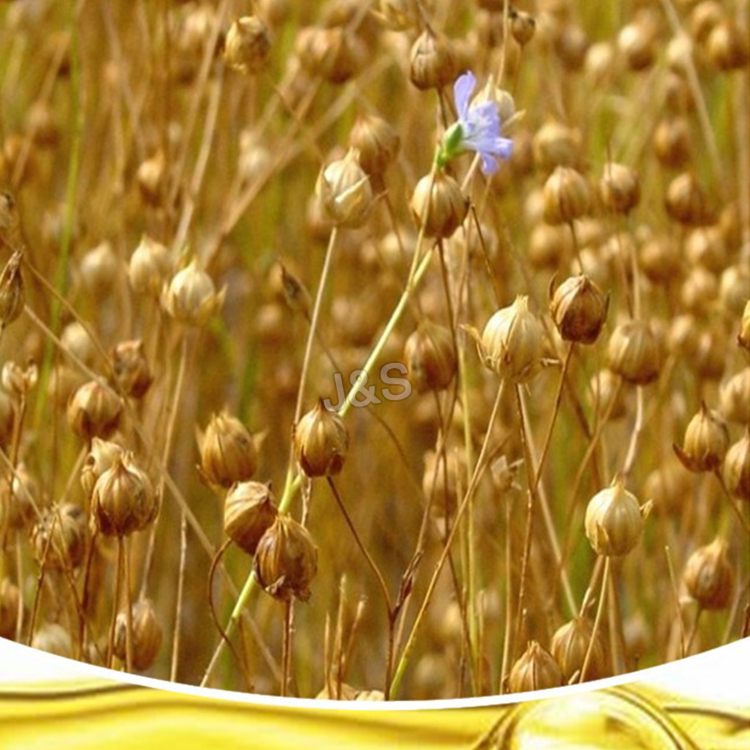14 Years Factory wholesale Green tea extract Supply to Gambia
14 Years Factory wholesale Green tea extract Supply to Gambia Detail:
[Latin Name] Camellia sinensis
[Plant Source] China
[Specifications]
Total tea polyphenols 40%-98%
Total catechins 20%-90%
EGCG 8%-60%
[Appearance] Yellow brown powder
[Plant Part Used] Green tea leaf
[Particle size] 80 Mesh
[Loss on drying] ≤5.0%
[Heavy Metal] ≤10PPM
[Storage] Store in cool & dry area, keep away from the direct light and heat.
[Package] Packed in paper-drums and two plastic-bags inside.
[What is green tea extract]
Green tea is the second largest beverage demanded by consumers worldwide. Used in China and India for its medicinal effects. There are several compounds extracted from green tea including catechins which contain an enormous amount of hydroxyphenols that are easily oxidized, congregated and contracted, which explains its good anti-oxidation effect. Its anti-oxidation effect is 25-100 times as strong as those of vitamin C and E.
It is widely used in medicines, agriculture, and chemical and food industries. This extract prevents cardio-vascular disease, lowers the risk of cancer, and decreases blood sugar and blood pressure, as well as viruses. In the food industry, the anti-oxidation agent used for preserving food and cooking oils.
[Function]
1. Green tea extract can reduce blood pressure, blood sugar, blood lipids.
2. Green tea extract has the function of removing radicals and anti-aging.
3. Green tea extract can enhance the immune function and prevention of colds.
4. Green tea extract will anti-radiation,anti-cancer, inhibiting the increasing of cancer cell.
5. Green tea extract used to anti-bacterium, with the function of sterilization and deodorization.
[Application]
1.Applied in cosmetics field, Green tea extract owns the effect of anti-wrinkle and anti-Aging.
2.Applied in food field, Green tea extract is used as natural antioxidant, antistaling agent, and anti-fading agents.
3.Applied in pharmaceutical field, Green tea extract is used to prevent and cure cardiovascular disease, diabetes.
Product detail pictures:
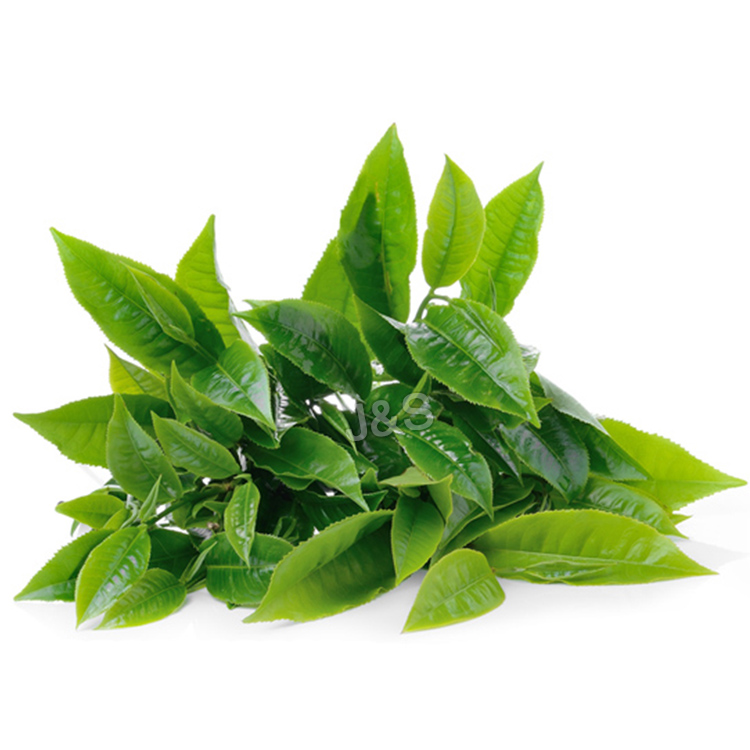
Related Product Guide:
Dedicated to strict quality management and thoughtful client services, our experienced staff customers are generally available to discuss your demands and guarantee full client pleasure for 14 Years Factory wholesale Green tea extract Supply to Gambia , The product will supply to all over the world, such as: Guyana, French, moldova, We have a good reputation for stable quality products, well received by customers at home and abroad. Our company would be guided by the idea of "Standing in Domestic Markets, Walking into International Markets". We sincerely hope that we could do business with car manufacturers, auto part buyers and the majority of colleagues both at home and abroad. We expect sincere cooperation and common development!
Whole Foods Vancouver | Quinoa Pop
https://q-nature.com/
What is a Quinoa Pop? It’s a Superfood that is popped, ready for you and full of OMEGA-6, Vitamin E, and Antioxidants.
Quinoa (KEEN-wah) is native to South America, it was growth by the pre-Columbian Incas. Quinoa is considered a Superfood.
Quinoa is a pseudocereal, pseudograin or seed, has been recognized as a complete food due to its protein quality. It has remarkable nutritional properties; not only from its protein content (15%) but also from its great amino acid balance. It is an important source of minerals and vitamins, and has also been found to contain compounds like polyphenols, phytosterols, and flavonoids with possible nutraceutical benefits… Besides, it has been considered an oil crop, with an interesting proportion of omega-6 and a notable vitamin E content. Quinoa starch has physicochemical properties (such as viscosity, freeze stability) which give it functional properties with novel uses. Quinoa has a high nutritional value.
About Quinoa Pops
https://q-nature.com/about-quinoa/
About Whole Foods Vancouver
https://en.wikipedia.org/wiki/Whole_food
https://www.youtube.com/channel/UCB1_La_VitkU8VFkbNEuw0Q
https://www.lnk123.com/SHL7k
Velvet Deer Antler has been used in oriental medicine for centuries to increase sexual desire and improve sexual performance. Body builders have used Velvet Deer Antler to boost stamina and help maintain muscle health. Deer antler is harvested from deer’s raised on ranches. At the ideal time of the year, the antlers are removed and specially processed to make the natural components bio available to the human body.
https://www.lnk123.com/SHL7k
The company has rich resources, advanced machinery, experienced workers and excellent services, hope you keep improving and perfecting your products and service, wish you better!
